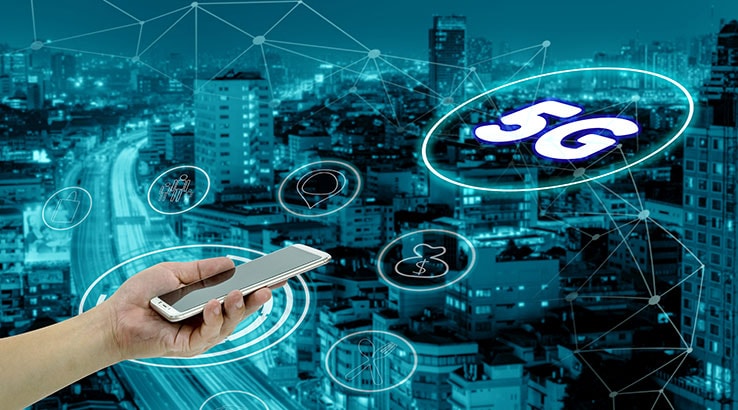Is the 5G Network a Public Health Risk?
. 
The new generation of mobile internet has a lot to offer, but at the same time raises questions about possible health effects
As a successor to the current 4G standard, mobile internet via 5G promises to be much faster, according to some projections up to a hundred times. To give you an idea of how soon that is: with a 5G connection you can download a full season of the Netflix series La Casa de Papel on your smartphone or tablet in a few minutes.
The attractive technology, therefore, seems difficult to stop. Countries such as the US, South Korea and Switzerland are now rolling out the first 5G networks, the first 5G smartphones are coming onto the market and in the trade war between the US and China, 5G infrastructure is a hot topic.
There are some concerns about the impact of 5G on our health, and they are in line with previous concerns about the radiation effects that our mobile devices may or may not have. For example, more than two hundred scientists – including a large number of non-specialists and retired academics – have already signed a petition calling for a moratorium on 5G. And in Switzerland, anti-5G demonstrations attracted several thousand demonstrators.
What Health Effect does Radiation from Mobile Devices have?
Devices with 5G produce the same type of radiation as devices with the older 2G, 3G and 4G. This concerns so-called non-ionizing radiation. That radiation type is lower on the spectrum than the ionizing radiation from x-rays or radioactive radiation and does not have the same health effects.
We have been experiencing radiation from mobile communication for more than twenty years. The number of brain tumors did rise during this period.
More Headaches
They compare certain health indicators with data from operators about how individuals use their mobile phones. “We don’t have the cancer data yet, but we did see that if individuals used the mobile phone more often, they also reported headache more often. Only that turned out not to be related to radio frequency radiation.”
At the same time, respondents who used the GSM standard (2G) did not run a higher risk of a headache than respondents who used the UMTS standard (3G). However, GSM emits more radiation. This indicates that the reported headache is not the result of electromagnetic radiation. The researchers also found no connection between telephone use and hearing problems. 5G emits the same non-ionizing radiation as 2G, 3G and 4G. It has no greater impact on health in that area.
How does 5G Influence the Radiation Levels?
Scientists do not yet know how 5G will influence current radiation levels. The lack of clarity has a lot to do with how 5G is structured. Namely, 5G is more of an internationally established standard that imposes standards than one precise technology.
Within that standard, technology companies and researchers set to work to achieve higher speeds. They do this by combining a large number of sub-technologies.
Only Radiation with Active Use
As an individual, you will no longer consistently come into contact with radiation with the new network. In addition, there are so-called millimeter waves. These are signals at very high frequencies – they have wavelengths of approximately one millimeter. Those rays do not reach that far but carry very high amounts of data. In Europe, millimeter waves are currently not in use for 5G.
And then there are the small cells: smaller base stations that operators want to distribute in large numbers in cities within a few years. They will not replace the larger antennas for the time being but will bring the connection closer to the user, which is also important when we will roll out millimeter waves because those rays will be easier to block and therefore reach less far.
What Benefits does 5G Offer?
In the first place, 5G naturally offers higher broadband speeds, so you get a faster data network and you can send and receive an estimated ten times more data per unit of time than 4G. It must also offer a lower latency, which increases the response speed between sending a signal and receiving a response.
Moreover, 5G networks will support more devices within the same radius than what 4G now allows. Whereas the old standard supports one hundred thousand devices per square kilometer, the new one can handle 1 million. All these improvements make 5G more than just a 4G speed network. It makes many new applications possible, and some of them benefit health.
